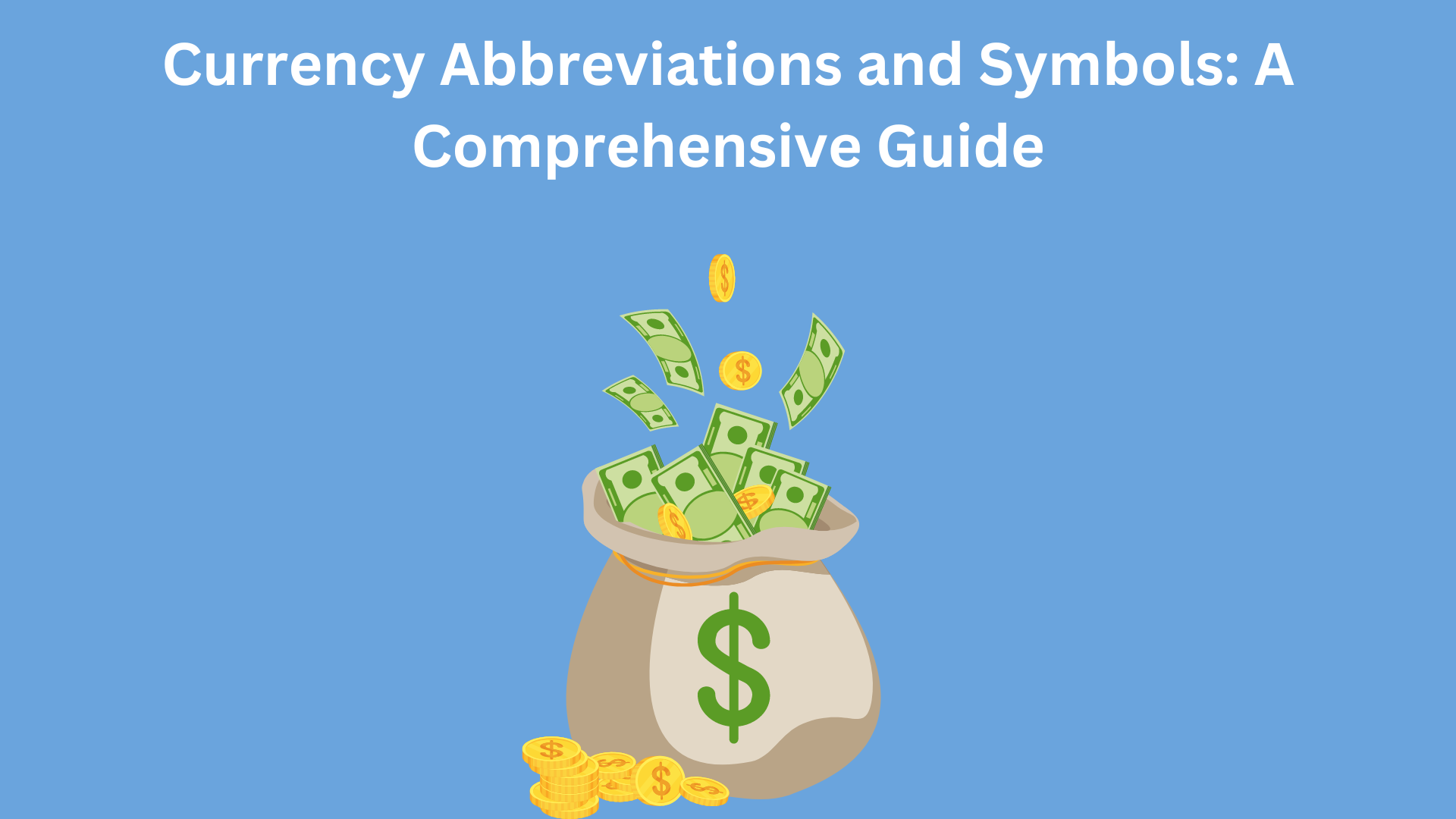Currency Abbreviations and Symbols: A Comprehensive Guide
Currency abbreviations and symbols play a crucial role in representing different currencies around the world. For developers and businesses working in international contexts, understanding these symbols is essential. This guide provides an overview of common currency abbreviations and symbols used globally.

What Are Currency Abbreviations and Symbols?
Currency abbreviations are short codes used to represent currencies, typically consisting of two or three letters. These codes are standardized by the International Organization for Standardization (ISO) to ensure consistency across financial systems. Currency symbols, on the other hand, are graphical representations used to denote specific currencies. These symbols can vary widely in appearance and are often used in financial documents, websites, and applications.
Why Are Currency Abbreviations and Symbols Important?
Currency abbreviations and symbols are important for several reasons. They provide a standardized way to represent currencies, which is crucial for international trade, finance, and banking. Developers must understand these abbreviations and symbols when working with currency-related data in applications and websites. Businesses must use the correct abbreviations and symbols when dealing with international customers and suppliers to avoid confusion and errors.
Common Currency Abbreviations and Symbols
Some of the most common currency abbreviations and symbols include:
- USD: United States Dollar ($)
- EUR: Euro (€)
- JPY: Japanese Yen (¥)
- GBP: British Pound Sterling (£)
- AUD: Australian Dollar (A$)
- CAD: Canadian Dollar (C$)
- CNY: Chinese Yuan Renminbi (¥)
- INR: Indian Rupee (₹)
Using Currency Abbreviations and Symbols in Code
In programming, currency abbreviations and symbols are often used when working with financial data. For example, when formatting currency values in JavaScript, you might use the following code:
const amount = 1000;
const currency = 'USD';
const formattedAmount = new Intl.NumberFormat('en-US', {
style: 'currency',
currency: currency,
}).format(amount);
console.log(formattedAmount);
This code would output "$1,000.00", representing 1000 US dollars.

Conclusion
Currency abbreviations and symbols are essential elements in the world of finance and international trade. For developers and businesses, understanding these symbols is crucial for working with currency-related data accurately. By following the standards set by ISO and using the correct abbreviations and symbols, you can ensure that your financial transactions and applications are accurate and consistent.
FAQs
Q: How are currency symbols determined?
A: Currency symbols are determined by each country's government or central bank and are often based on historical or cultural significance.
Q: Can currency symbols change over time?
A: Yes, currency symbols can change due to currency reform or other reasons. For example, the Euro symbol (€) was introduced in 1999 when the Euro became the official currency of the Eurozone.
Q: Are currency symbols the same as currency codes?
A: No, currency symbols are graphical representations, while currency codes are standardized abbreviations used in financial systems.
Q: How can I find the currency symbol for a specific currency?
A: You can find currency symbols in Unicode character charts or by searching online for the specific currency you are interested in.